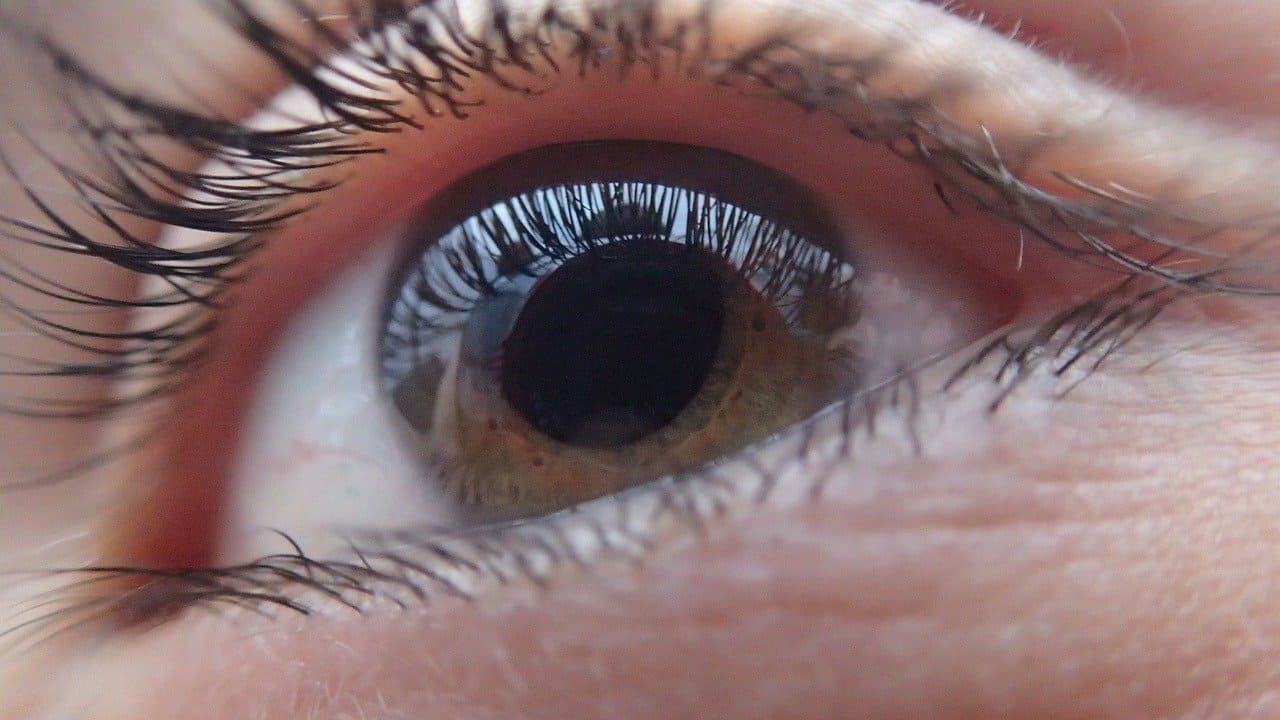What is Glaucoma? Cause, Symptoms and Treatment

The term glaucoma refers to a group of eye diseases that cause damage to the optic nerve, leading to vision loss. In most cases, the loss of sight will be gradual, and the problem may not be detected until a considerable amount of peripheral (side) vision has been lost. In fact, according to Glaucoma Australia, 50% of those with the disease don’t know they have it.
Vision loss resulting from glaucoma is irreversible, and there is no cure. However, early detection and treatment can delay or even halt progression of the disease.
What causes glaucoma?
Our eyes secrete a clear liquid called aqueous humour on a constant basis, to keep their shape and ensure they are well nourished. In a healthy eye, this fluid drains out through an area known as the anterior chamber or drainage angle.
If there is any damage to this area and the fluid is unable to drain properly, the eye can experience a build-up of aqueous humour, leading to pressure. This pressure is known as intraocular pressure (IOP) and it can cause damage to the optic nerve, a bundle of approximately one million nerve fibres that sits at the back of the eye. The optic nerve connects the back of the eye to the brain, and damage to these cells causes irreversible vision loss.
The level of pressure at which this damage occurs varies between different people. There are some who can have high IOP with no damage (ocular hypertension), while others may have normal eye pressure but still get glaucoma (normal tension glaucoma).
What is the treatment for glaucoma?
Most people living with glaucoma are able to manage their condition with one or a combination of different treatments. All glaucoma treatments have the same purpose – to lower the IOP within the eye and prevent the optic nerve deteriorating.
Treatments include:
- Eye drops: These are the most common treatment for glaucoma. To be effective, the eye drops must be used exactly as prescribed.
- Medication: Oral medication is used to treat open-angle glaucoma. However, it’s usually only used for a short period, as it has side effects and its efficacy can reduce over time.
- Laser: There are a few different laser treatments available. Laser treatment enables better flow and drainage of aqueous fluid.
- Surgery: Surgery is usually a last resort after other treatments, or in cases where a patient has aggressive or advanced glaucoma.
The best treatment will depend on individual factors. It’s important to be aware that while treatment may prevent or reduce further vision loss, it can’t restore any vision already lost to glaucoma.
How to prevent glaucoma from worsening
Early detection through regular eye exams is critical to prevent glaucoma leading to permanent loss of sight. Sticking to the prescribed treatment plan after diagnosis is important in preventing glaucoma from worsening.
If you are concerned you may have glaucoma, or if you have been experiencing peripheral vision loss, make an appointment at You & Eye. We will be able to test your vision and advise you on the next steps, including referring you to an ophthalmologist if necessary.
Source: https://glaucoma.org.au/what-is-glaucoma
Share on


















